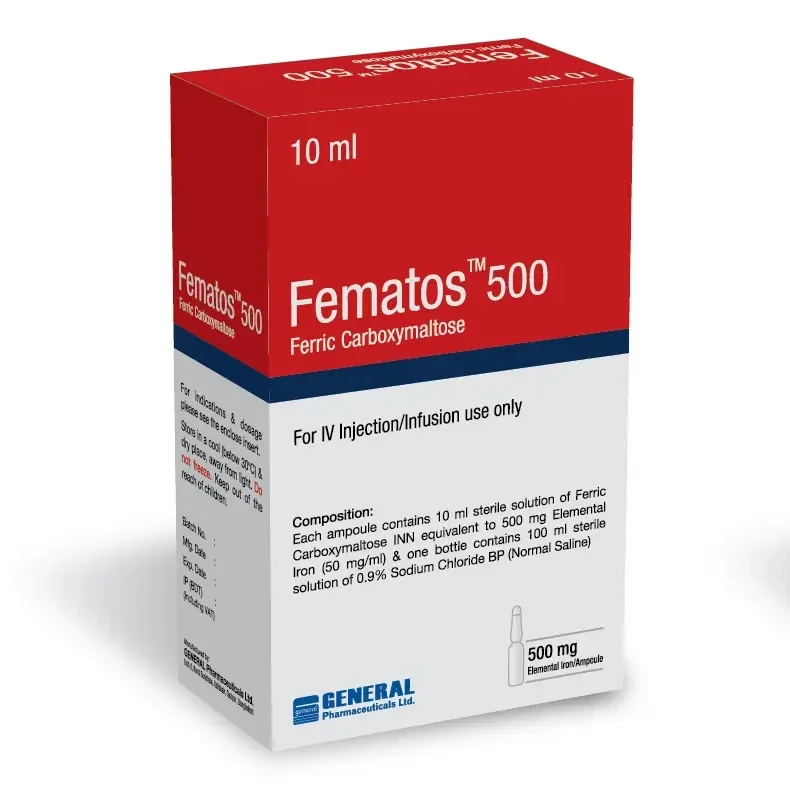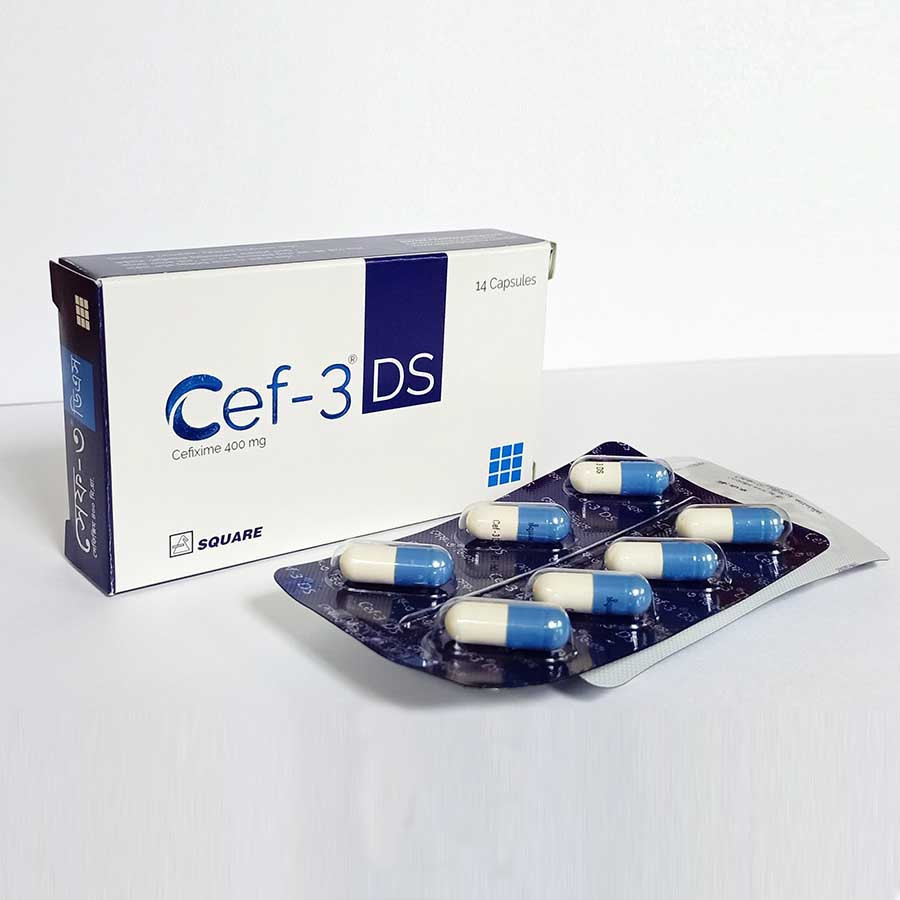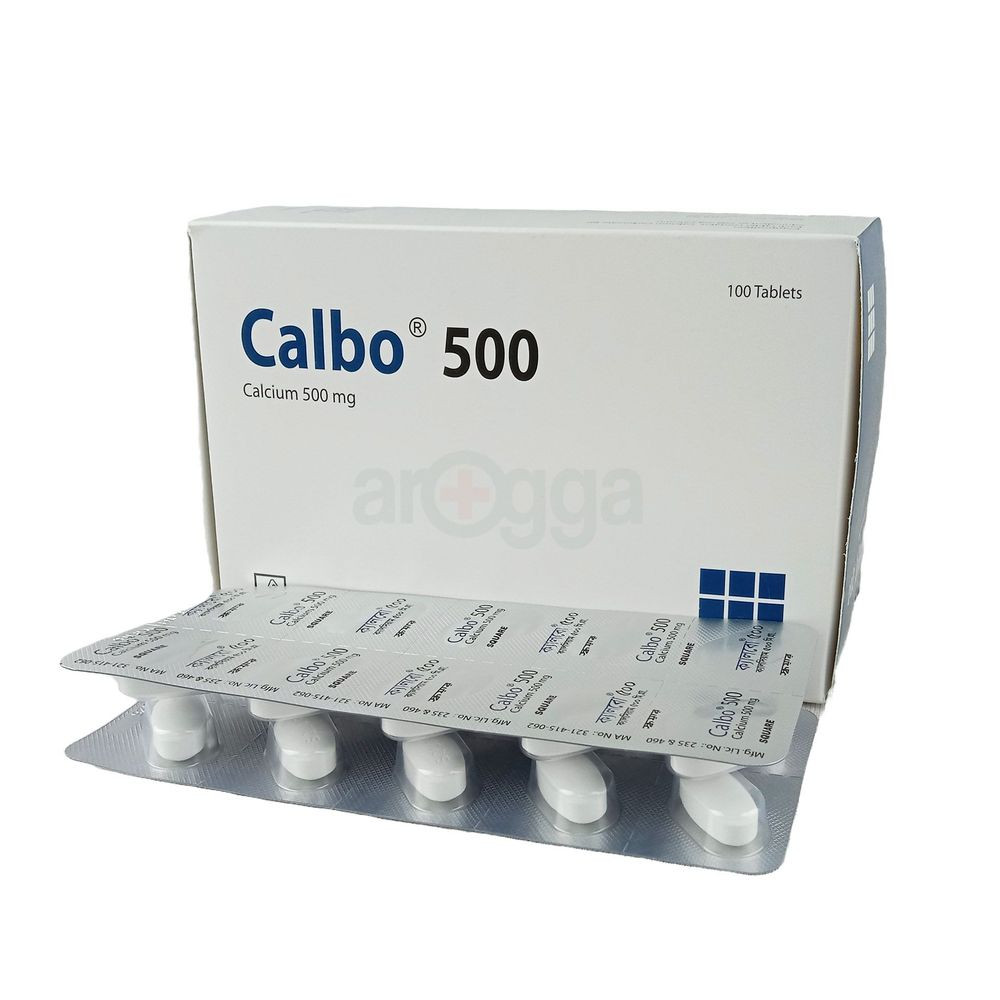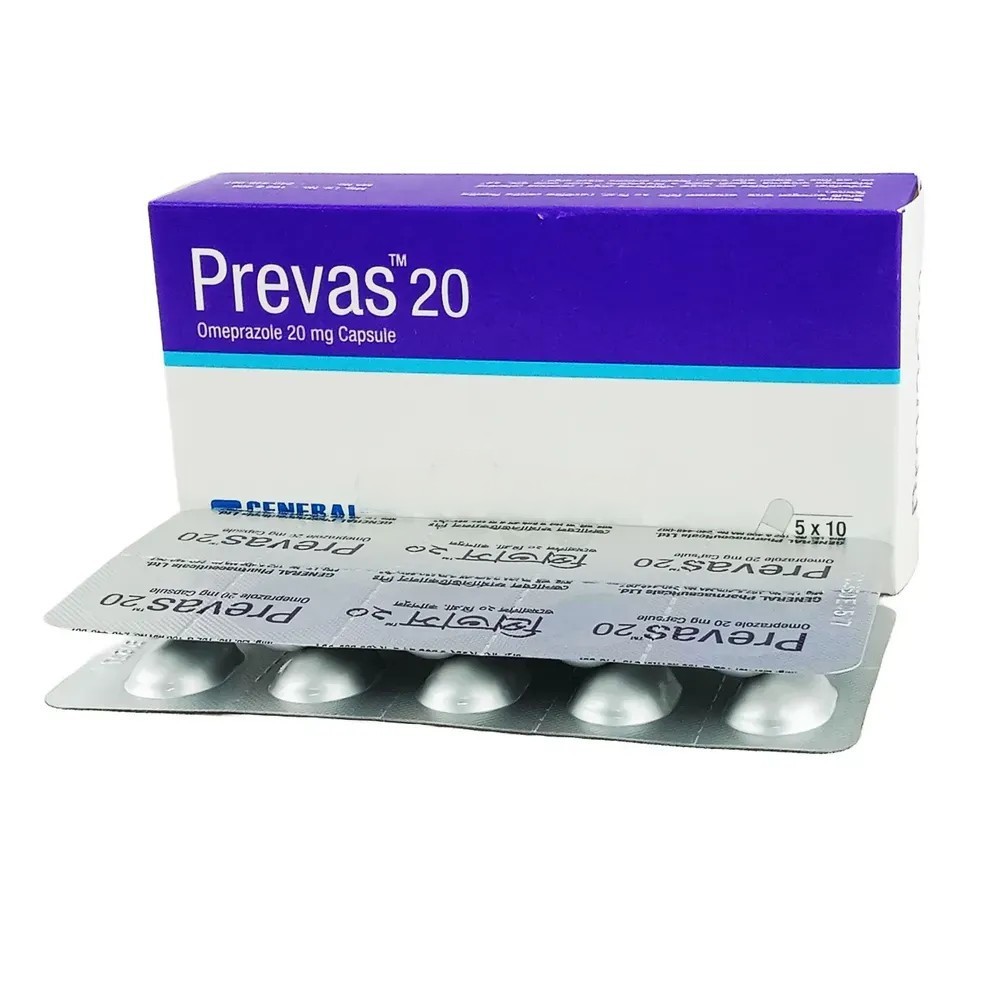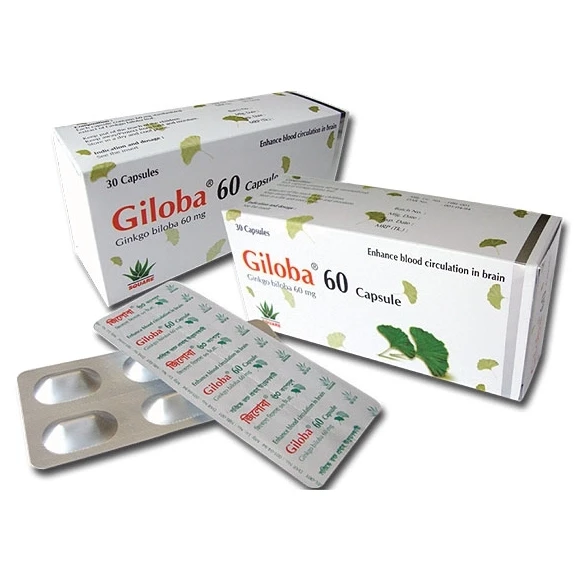



Sulprex Nebuliser Solution, Salbutamol + Ipratropium (2.5 mg+500 mcg)/3 ml
Inhouse product
-
৳11.40
৳12.00 -
৳42.75
৳45.00 -
৳16.63
৳17.50 -
৳2.14
৳2.25
Reviews & Ratings
Indications
Salbutamol sulfate
& Ipratropium bromide solution for inhalation is indicated for the
treatment of reversible bronchospasm associated with obstructive airway
diseases in patients who require more than a single bronchodilator.
* রেজিস্টার্ড চিকিৎসকের পরামর্শ মোতাবেক ঔষধ সেবন করুন'
Description
This solution for
inhalation contains two active bronchodilating substances Salbutamoi Sulphate
and Ipratropium Bromide. Salbutamoi Sulphate is a beta2-adrenergic agent which
acts on airway smooth muscle resulting in relaxation. Salbutamoi relaxes all
smooth muscle from the trachea to the terminal bronchioles and protects against
all bronchoconstrictor challenges. Ipratropium Bromide is a quaternary ammonium
compound with anticholinergic properties. In preclinical studies, it appears to
inhibit vagally mediated reflexes by antagonising the action of acetylcholine,
the transmitter agent released from the vagus nerve. Anticholinergics prevent
the increase of intracellular concentration of cyclic guanosine monophosphate
(cyclic GMP) caused by interaction of acetylcholine with muscarinic receptors
on bronchial smooth muscle. The bronchodilation following inhalation of
Ipratropium Bromide is primarily local and site specific to the lung and non
systemic in nature. This provides simultaneous release of Ipratropium Bromide
and Salbutamoi allowing synergistic efficacy on the muscarinic and beta2
adrenergic receptors in the airways to cause bronchodilation which is superior
to that provided by each single agent and with no potentiation of adverse
events.
Pharmacology
Ipratropium Bromide is
quickly absorbed after inhalation. The systemic bioavailability following
inhalation is estimated to be less than 10% of the dose. Renal excretion of
Ipratropium Bromide is given as 46% of the dose after intravenous
administration. The half-life of the terminal elimination phase is about 1.6
hours as determined after intravenous administration. Elimination half-life of
drug and metabolites is 3.6 hours as determined after radio labelling.
Ipratropium Bromide does not penetrate the blood brain barrier.
Salbutamoi Sulphate is rapidly and completely absorbed following administration
either by inhaled or oral route. Peak plasma Salbutamoi concentrations are seen
within three hours of administration and it is excreted unchanged in the urine
after 24 hours. The elimination half-life is 4 hours. Salbutamoi will cross the
blood brain barrier reaching concentrations amounting to about five percent of
the plasma concentrations.
It has been shown that co-nebulisation of Ipratropium Bromide and Salbutamoi
Sulphate does not potentiate the systemic absorption of either component and
that therefore the additive activity of this solution is due to the combined
local effect on the lung following inhalation.
Dosage
Salbutamol sulfate
& Ipratropium bromide solution for inhalation in ampoule may be
administered from a suitable nebulizer or an intermittent positive pressure
ventilator.
- Adults (including
elderly): Use one 3 ml ampoule in the
nebulizer four times a day. Two additional treatments may be used per day,
if needed.
- Children: Use and dose must be determined by doctor.
Patients should be
advised to consult a doctor or the nearest hospital immediately in the case of
acute or rapidly worsening dyspnoea if additional inhalations do not produce an
adequate improvement.
* রেজিস্টার্ড চিকিৎসকের পরামর্শ মোতাবেক ঔষধ সেবন করুন'
Administration
Step 1: Twist off the top of the ampoule. Be careful
to hold the ampoule upright.
Step 2: Squeeze the desired amount of the nebulizer
solution into the nebulizer chamber.
Step 3: If dilution is needed follow the physician’s
direction.
* রেজিস্টার্ড চিকিৎসকের পরামর্শ মোতাবেক ঔষধ সেবন করুন'
Interaction
The concurrent administration
of other beta-mimetics, systemically absorbed anticholinergics and xanthine
derivatives may increase the side effects.
Beta-agonist induced hypokalaemia may be increased by concomitant treatment
with xanthine derivatives, glucocorticosteroids and diuretics. This should be
taken into account particularly in patients with severe airway obstruction.
Hypokalaemia may result in an increased susceptibility to arrhythmias in
patients receiving digoxin. It is recommended that serum potassium levels be
monitored in such situations.
A potentially serious reduction in bronchodilator effect may occur during
concurrent administration of beta-blockers.
Beta-adrenergic agonists should be administered with caution to patients being
treated with monoamine oxidase inhibitors or tricyclic antidepressants, since
the action of beta adrenergic agonists may be enhanced.
Inhalation of halogenated hydrocarbon anaesthetics such as halothane,
trichloroethylene and enflurane may increase the susceptibility to the
cardiovascular effects of beta-agonists.
Contraindications
This is
contraindicated in patients with hypertrophic obstructive tachyarrhythmia and
in patients with a history of hypersensitivity to atropine or its derivatives,
or to any other component of the product.
Side Effects
In common with other
beta-agonists containing products, side effects of this solution can include
fine tremor of skeletal muscles and nervousness and less frequently
tachycardia, dizziness, palpitations or headache, especially in hypersensitive
patients.
Potentially serious hypokalaemia may result from prolonged and/or high dose
beta2 agonist therapy.
As with use of other inhalation therapy, cough, local irritation and less
commonly inhalation induced bronchospasm can occur. As with other beta-mimetics,
nausea, vomiting, sweating, weakness and myalgia/muscle cramps may occur. In
rare cases decrease in diastolic blood pressure, increase in systolic blood
pressure, arrhythmias, particularly after higher doses, may occur.
In individual cases psychological alterations have been reported under
inhalation therapy with beta-mimetics.
The most frequent non-respiratory anticholinergic related adverse events are
dryness of mouth and dysphonia. There have been isolated reports of ocular
complications (i.e. mydriasis, increased intraocular pressure, angle closure
glaucoma, and eye pain) when aerosolised ipratropium bromide either alone or in
combination with adrenergic beta2 agonist, has escaped into the eyes. Ocular
side effects, gastrointestinal motility disturbances and urinary retention may
occur in rare cases and are reversible.
Pregnancy &
Lactation
Pregnancy category C.
Animal studies with Salbutamoi Sulphate have demonstrated a teratogenic effect.
It is not known whether this medication is harmful to the fetus. No evidence of
abnormalities has been reported in women receiving albuterol during pregnancy.
This solution should be used during pregnancy only if the potential benefit
justifies. This solution should be used with caution before childbirth in view
of Salbutamol's inhibitory effects on uterine contractions.
Salbutamol Sulphate and Ipratropium Bromide are probably excreted in breast
milk and their effects on neonates are not known. Although lipid-insoluble
quaternary bases pass into breast milk, it is unlikely that this will happen to
any extent especially when taken by inhalation. However, because many drugs are
excreted in breast milk, caution should be exercised when This solution is
administered to a nursing woman.
Precautions &
Warnings
In the case of acute,
rapidly worsening dyspnoea a doctor should be consulted immediately. Immediate
hypersensitivity reactions may occur after administration of this solution as
demonstrated by rare cases of urticaria, angioedema, rash, bronchospasm and oropharyngeal
oedema.
Overdose Effects
The effects of
overdosage are expected to be primarily related to Salbutamol because acute
overdosage with Ipratropium Bromide is unlikely as it is not well absorbed
systemically after inhalation or oral administration.
Symptoms: Manifestations of overdosage with salbutamol
may include tachycardia, anginal pain, hypertension, hypotension ,
palpitations, tremor, widening of the pulse pressure, arrhythmia and flushing.
Therapy: Administration of sedatives, tranquillisers;
in severe cases, intensive therapy. Beta-receptor blockers, preferably
beta1-selective, are suitable as specific antidotes; however, a possible
increase in bronchial obstruction must be taken into account and the dose
should be adjusted carefully in patients suffering from bronchial asthma.
Therapeutic Class
Combined
bronchodilators
Storage Conditions
Keep below 30°C
temperature, away from light & moisture. Keep out of the reach of children.
Frequently Bought Products
Cef-3 DS Capsule , Cefixime Trihydrate 400 mg
Calbo Tablet,Elemental Calcium 500 mg
Fosfomax Oral Powder 3gm, Fosfomycin Trometamol 3 gm/sachet
Folix Tablet, Folinic Acid 15 mg
Giloba Capsule, Ginkgo Biloba 60 mg
Product Queries (0)
Login Or Registerto submit your questions to seller
Other Questions
No none asked to seller yet
-
৳11.40
৳12.00 -
৳42.75
৳45.00 -
৳16.63
৳17.50 -
৳2.14
৳2.25







